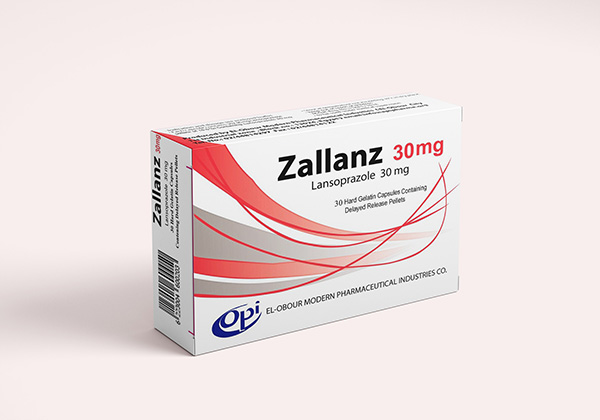Zallanz 30 mg
COMPOSITION:
Active ingredient:
Each Zallanz Delayed release hard gelatin capsule contains 30 mg lansoprazole.
Inactive ingredients:
Sugar sheres ,sucrose, Mannital, Crosscarmellose Sodium, Sodium Lauryl Sulphate, DI Sodium Hydrogen Ortho Phosphate, H.P.M.C.P-55 (Enteric Coated material), H.P.M.C. E-5, Acetone, Acetyl Alcohol, Gelatin, titanium dioxide, quinoline yellow and carmoisin red
PHARMACEUTICAL DOSAGE FORM : Delayed release hard gelatin capsule.
Therapeutic indications
- Treatment of duodenal and gastric ulcer
- Treatment of reflux oesophagitis
- Prophylaxis of reflux oesophagitis
- Eradication of Helicobacter pylori (H. pylori) concurrently given with appropriate antibiotic therapy for treatment of H.pylori-associated ulcers
- Treatment of NSAID-associated benign gastric and duodenal ulcers in patients requiring continued NSAID treatment
- Prophylaxis of NSAID-associated gastric ulcers and duodenal ulcers in patients at risk requiring continued therapy
- Symptomatic gastroesophageal reflux disease
- Zollinger-Ellison syndrome.
Contraindications
drugs
pregnancy
Pharmacodynamic
Absorption
Biotransformation
STORAGE
SUPPLIED






